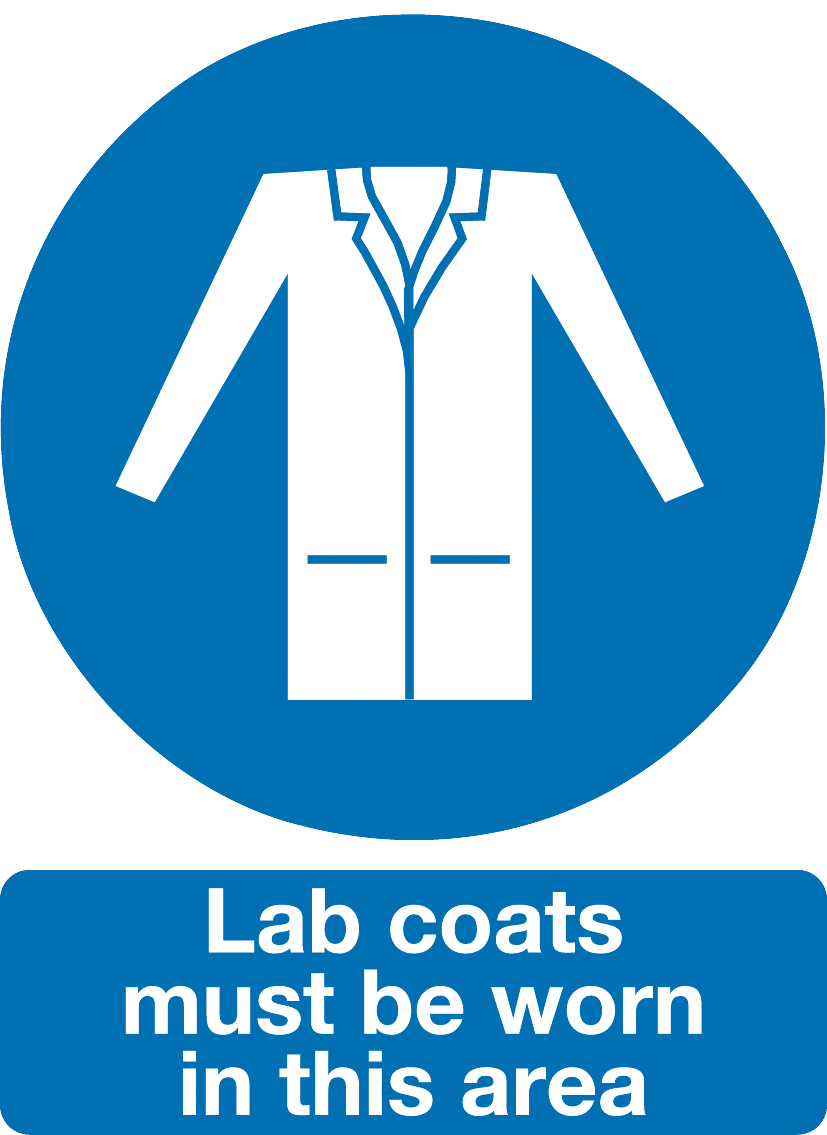Team:TU Delft/Safety/in-the-lab
From 2010.igem.org
Biological Safety
Safety considerations are of great importance when working in a biological lab, and as an iGEM team working with biological material we took the necessary safety precautions very seriously.
Biosafety regulations in The Netherlands
In The Netherlands the Ministry of Housing, Spatial Planning and the Environment ([http://www.rijksoverheid.nl/international VROM]) is responsible for the regulations that protect the environment and human health during activities involving genetically modified organisms (GMOs) and is tasked with developing policy and regulations. Many of the implemented regulations concerning GMOs have been taken over from the EU legislation.
At the Kluyver laboratory for Biotechnology, according to what is stated by law, we have a biological safety officer, Dr. L.A. (Lesley) Robertson. The biological safety officer is in charge of day-to-day aspects of institutional biosafety and activities involving GMOs. He or she must monitor and ensure that all activities involving GMOs are executed in full conformity with Dutch legislation and regulations. An interview was done with Dr. Robertson which gives a clear insight into all the regulations at our laboratory – those regulated by law and those implemented by Dr. Robertson herself.
Permit
Prior to working with GMOs in the Netherlands you must obtain a ‘GMO permit’. The type of permit may vary, and the permit needed for iGEM was that of ‘Contained use’. This means that all activities involving GMOs are carried out in a confined area such as a laboratory.
Various degrees of containment are recognized, depending on the biosafety level needed for the genetically modified organism. The degree of containment is expressed as a level, ranging between ML1 to ML4, and each level required different safety precautions. Luckily, the organisms we worked with (Escherichia coli and Pseudomonas putida) were both level ML1 – the most harmless of GMOs. More information on how these levels are determined can be found in our Biosafety video in which we interviewed our biological safety officer.
At the Kuyver Laboratory for Biotechnology a permit to be allowed to work with GMOs is already present. To get permission for our experiments we had to supply a detailed research proposal to Dr. Robertson containing information on what strains and vectors we were going to use, which genetic modification we were going to make and which cultivation methods were going to be used. Only after approval of the research proposal could we start with our labwork.
With knowledge comes responsibility

Another awareness-test is the hand-wash test devised by Dr. Robertson herself to make people aware of what they are carrying home on their hands after a day in lab (and not washing your hands).
We believe that such tests are very useful, and will create the right kind of mind-set required for each iGEM member to responsibly work in a biological lab. This is why we think it should be compulsory for each new iGEM member to take such a test and we are working on a quiz to perhaps use for future iGEM teams as well.
Questions raised by our project
Would any of your project ideas raise safety issues in terms of:
researcher safety
For the characterization of our alkane degrading biobricks, alkanes are necessary. These are flammable and are dangerous if not handled properly in a safety cabinet.
public safety
Our working organism, E. coli K12, cannot survive outside of the laboratory and therefore does not pose a threat to the public.
environmental safety
Our working organism, E. coli K12, cannot survive outside of the laboratory and therefore does not pose a threat to the environment.
Do any of the new BioBrick parts (or devices) that you made this year raise any safety issues?
We do not infringe the rules with our new made BioBrick parts and our BioBricks do not raise any safety issues.
Is there a local biosafety group, committee, or review board at your institution?
In our Department of Biotechnology there are two Biological Safety Officers (BSO) who are responsible for the safety in the labs. One of the BSO can be seen in the interview below. In general in the Netherlands there is a very strict regulation about biosafety and working with genetically modified organisms.
Our work was done in an ML1 lab. Each lab within the department has a person responsible for checking whether or not the rules are followed. The entire team was instructed on biosafety by the BSO, did a hand-wash test and attended an obligatory session about safety issues.
To be allowed to use the lab, a list with all the microorganisms, plasmids and genes we intend to use had to be given to the BSO. This list was checked by the BSO and as long as we keep to the list, the lab may be used.
Do you have any other ideas how to deal with safety issues that could be useful for future iGEM competitions? How could parts, devices and systems be made even safer through biosafety engineering?
Biosafety in the Lab
In our Department at the TU Delft, the Department of Biotechnology, there is a Biological Safety Officer (BSO) who is responsible for the safety in the labs. In the Netherlands there is a very strict regulation about biosafety and working with genetically modified organisms. Our BSO, Lesley Robertson, always knows what biological material is being used, where and by whom. So, no better person to interview to get to know everything about biosafety!
Interview with our Biological Safety Officer
 "
"
